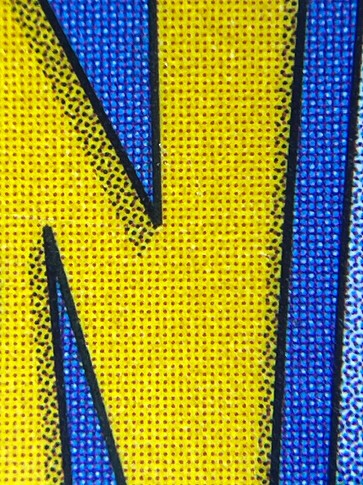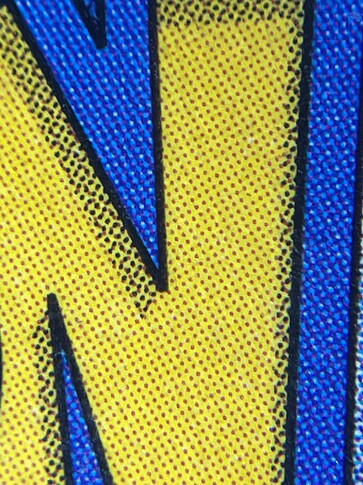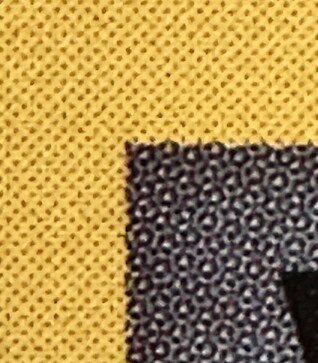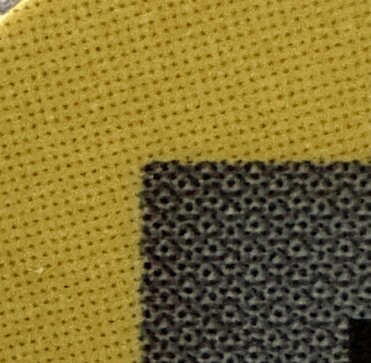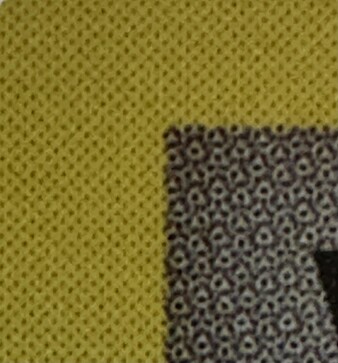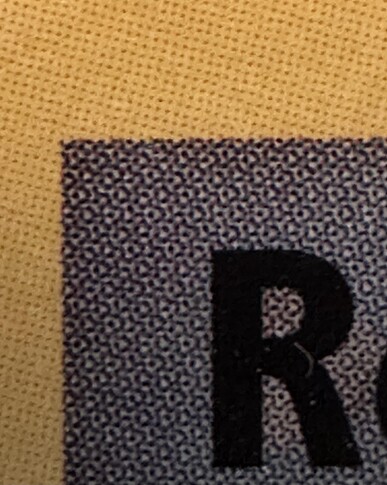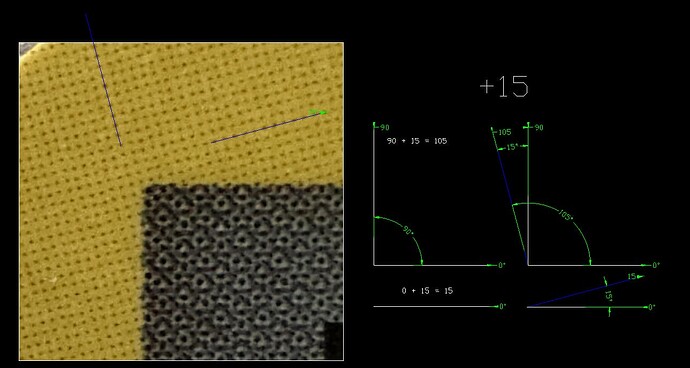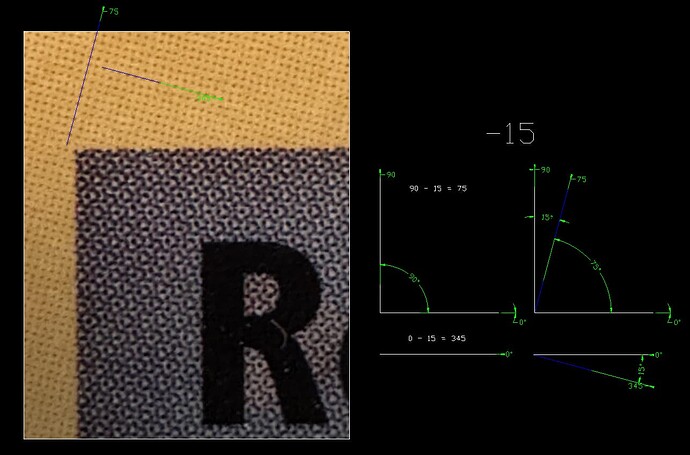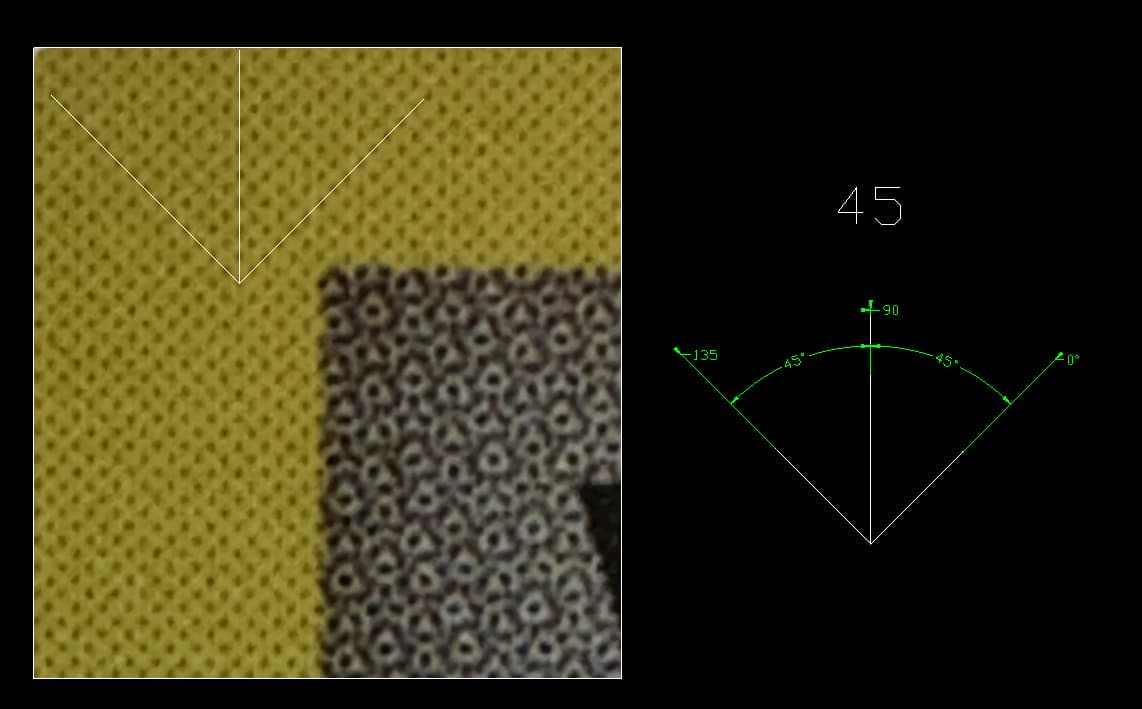(Credit to the @Nightvulture for the magenta layer analysis + the corresponding photos.)
So I was curious whether @Nightvulture’s analysis re: 1s Ed Base had any applicability outside of that set. And so I started looking at the backs of EX Series cards to see if any patterns stood out. There were actually several interesting features I noticed, but only one finding that I’m confident enough in rn to post about.
Background info:
In his article, @Nightvulture observes two different dot patterns in the back ‘N:’
The first pattern (straight vertical + horizontal arrangement) he refers to as -15. The second pattern (straight diagonal arrangement) he refers to as +15. I don’t totally understand the roots of this terminology, but I’m going to adopt it here for ease of cross-reference.
Ok, so here’s what I’ve observed:
100% of cards printed in the first 7 EX Series sets (Ruby through Team Rocket Returns) have +15 dot arrangements.
100% of cards printed in the last 7 EX Series sets (Unseen Forces through Power Keepers) have -15 dot arrangements.
And then the two sets in the middle (Deoxys and Emerald) have a mix–with some cards having -15 dot arrangements and others having +15 dot arrangements.
My question, based on these observations is…
Do you think that it’s a reasonable inference, based on what I’ve laid out here, that earlier print runs of EX Deoxys and EX Emerald (both of which were in print at overlapping times) had +15 dot arrangements, while later print runs had -15 dot arrangements?
Basically, my theory is that TPCi transitioned to a different print group or method at some point during the period where both EX Deoxys and EX Emerald were in print.
Which, based on the dot arrangements of other sets, would indicate that +15 EX Deoxys and EX Emerald cards are from earlier print runs of those sets whereas -15 EX Deoxys and EX Emerald cards are from later print runs of those sets.
Curious to hear others’ thoughts. Also very curious to see if anyone has examples of cards that contradict the conclusions I’ve drawn (e.g., cards from the first 7 EX Series sets with -15 dot arrangements and/or cards from the last 7 EX Series sets with +15 dot arrangements). Importantly: make sure to exclude cards that were reprinted in a later product (e.g., in the EX Battle Stadium decks)
And, again: tons of credit to @Nightvulture for many of the underlying observations/analysis.
